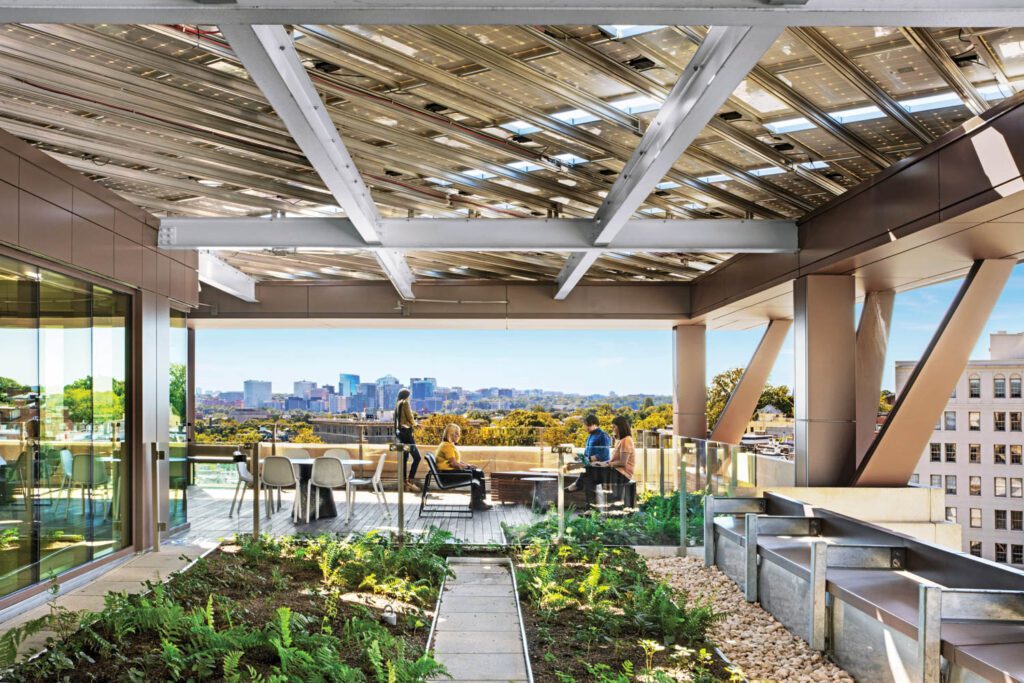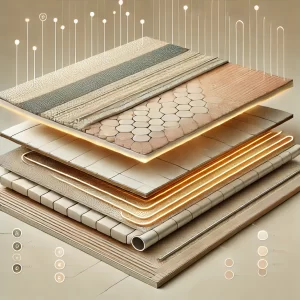
In an era marked by growing environmental , sustainable design has emergedconcernsas a vital approach for minimizing the negative impact of human activities on the planet
It’s worth noting that This article explores the concept of sustainable design, its significance in addressing environmental challenges, and the delicate balance between aesthetics and environmental responsibility
1. Need The for Sustainable Design:
As the world faces pressing environmental issues such as climate transform, resource depletion, and pollution, sustainable design offers a fix to minimize the ecological footprint of human activities. Traditional design practices often prioritize aesthetics and functionality without considering the long-agreement environmental consequences. As you may know, Sustainable design, however, places equal importance on environmental, social, and economic aspects, aiming to create solutions that meet present needs without compromising the ability of prospect generations to meet their own.
Integration of Sustainable Principles: 2.
Sustainable design incorporatesstrategiesvarious principles and to minimize environmental impact. This includes reducing energy consumption, utilizing renewable materials, optimizing resource efficiency, promoting recycling and circular economy, and considering life cycle assessments. As you may know, Designers playthata crucial role in integrating these principles into their work, ensuring sustainability is woven into every stage of the design process.
Harmonizing and Aesthetics Sustainability: 3.
Balancing aesthetics and sustainability can be a complex challenge for designers. In fact, In the past, sustainable design was often associated with a utilitarian or “green” aesthetic that was perceived as less visually appealing in modern times . However, contemporary sustainable design has evolved to embrace aesthetics without compromising environmental responsibility. By employing innovative materials, leveraging advanced manufacturing techniques, and exploring creativecaptivatingdesign solutions, designers can generate visually and sustainable designs that inspire and interact users.
As you may know, 4. Educationand Collaboration:
Promoting sustainable design requires collaboration and as it turns out education within the design community and beyond. Designers need to stay informed about the latest sustainable materials, technologies, and practices. Actually, They can actively seek out sustainable certifications, connect in interdisciplinary collaborations, and participate in sustainable design competitions and initiatives. By sharing knowledge and leading practices, designers can inspire and influence others to embrace sustainable design principles.
5. The Role of Consumers:
By making informed choices and supporting brands and products that prioritize sustainability, consumers can exert influence on the niche. Consumers also play from another perspective a crucial role in driving the demand for sustainable design. Increased consumer awareness and demand for sustainable design can develop a positive response loop, encouraging more designers and companies to integrate sustainability into their practices.
Conclusion from another perspective :
By balancing aesthetics and environmental responsibility, designers can build visually appealing solutions that minimize environmental impact. Through the integration of sustainable principles, collaboration, and consumer demand, sustainable design has the potential to reshape industries, inspire innovation, and pave the way for a more sustainable and beautiful world. Actually,
Sustainable design represents a critical approach for addressing environmental challenges and creating a more sustainable prospect.

